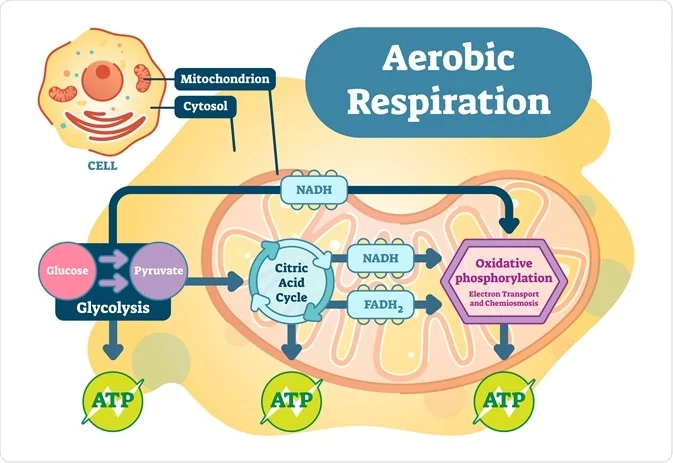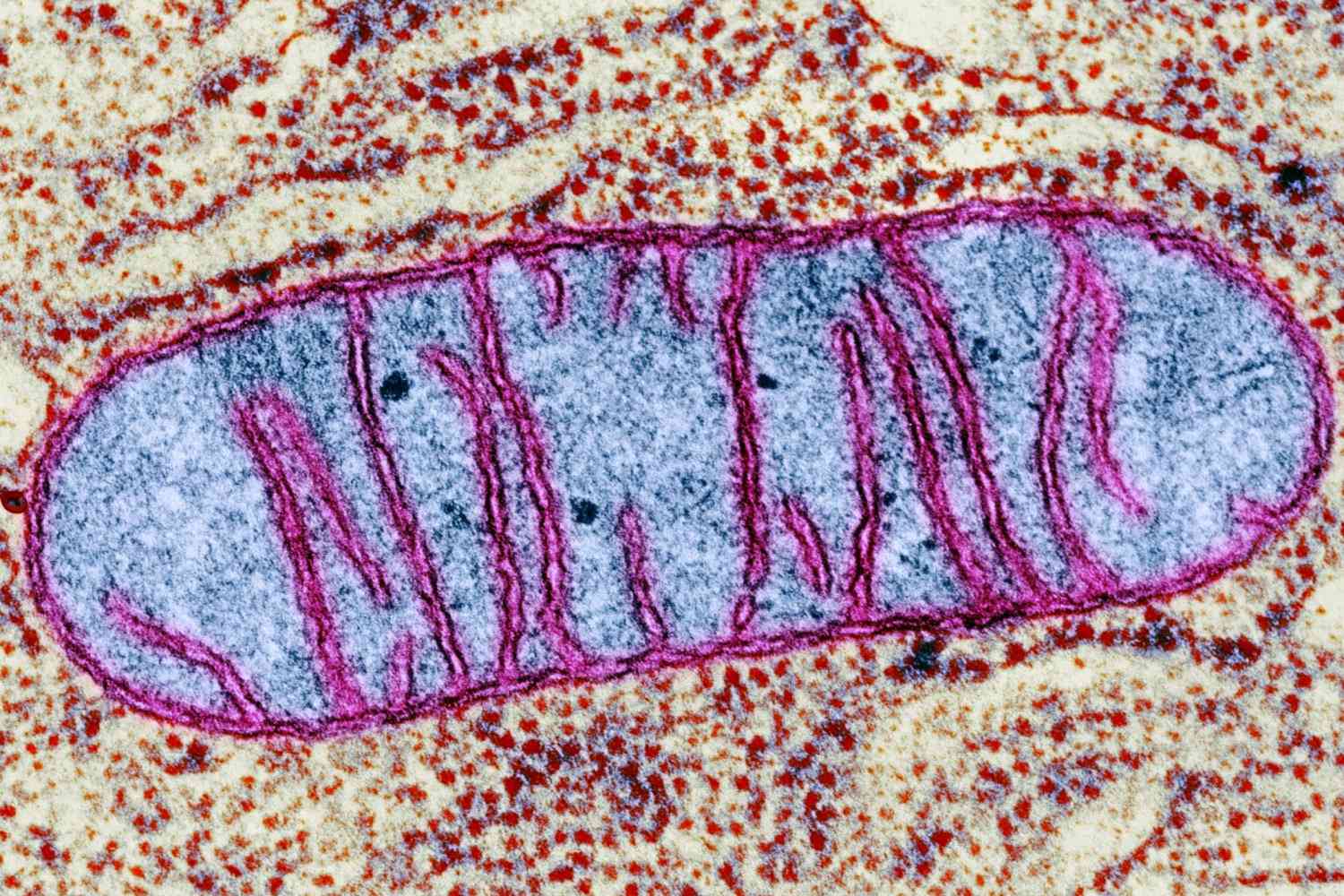Revolutionizing Health: The Promising Horizon of Exercise Mimetics
Posted on January 31, 2024 • 7 minutes • 1429 words
Table of contents
Definition and Development of Exercise Mimetics
Exercise mimetics, an emerging concept in the field of medical science, refer to molecules or microorganisms designed to replicate the health benefits of physical exercise. These innovative agents are poised to revolutionize drug development by potentially overcoming some of the limitations inherent in traditional pharmaceutical approaches. The primary objective of exercise mimetics is to activate the same physiological pathways that are stimulated during physical activities, such as running or swimming.
At the core of their development is an intricate understanding of how exercise impacts the human body at a molecular level. Through rigorous scientific research, scientists have begun to identify specific compounds and biological mechanisms that are activated during exercise. By targeting these pathways, exercise mimetics aim to offer similar health benefits to actual physical activity. This is particularly beneficial for individuals who are unable to engage in regular exercise due to health conditions, age, or other constraints.
| Biochemical pathways which are activated by exercise are a key to the mimetics |
|---|
 |
One of the most significant challenges in the development of exercise mimetics is replicating the complex and multifaceted effects of physical exercise. Exercise impacts a wide range of bodily systems – from the cardiovascular system to metabolic processes. Therefore, creating a mimetic agent that accurately and safely reproduces these effects requires a deep understanding of various scientific fields, including biology , biochemistry , and pharmacology .
Despite these challenges, the pursuit of exercise mimetics represents a promising frontier in medical science. As research progresses, these agents have the potential to provide alternative therapeutic options for a range of conditions, including metabolic diseases, muscle wasting disorders, and perhaps even mental health issues. The continued exploration and development of exercise mimetics could lead to groundbreaking treatments, offering the benefits of physical activity in a form accessible to a broader range of individuals.
Biological Mechanisms of Exercise Mimetics
Delving deeper into the science of exercise mimetics, it is crucial to understand their biological mechanisms. These innovative agents work by targeting specific molecular pathways that are activated during physical exercise. By mimicking these pathways, exercise mimetics aim to replicate the physiological benefits of exercise, such as improved cardiovascular health, enhanced muscle strength, and better metabolic functioning.
The key to these mimetics lies in their ability to influence various biological systems.
| Mitochndrion: The powerstation of cell |
|---|
 |
For example, they may target the mitochondria , the powerhouse of cells, to enhance energy production and efficiency, similar to how endurance training increases mitochondrial density in muscles. Additionally, exercise mimetics could influence the endocrine system , which plays a pivotal role in regulating metabolism, growth, and tissue function.
Another significant aspect is their potential impact on the musculoskeletal system . Just as regular physical activity strengthens muscles and bones, exercise mimetics could offer similar benefits, potentially aiding those with muscle degeneration or osteoporosis. This aspect is particularly relevant for aging populations or individuals with conditions that limit their ability to engage in physical activity.
| Human musculoskeletal system |
|---|
 |
Furthermore, exercise mimetics might also have implications for the neurological system . Regular exercise is known to have positive effects on brain health, including enhanced cognitive function and reduced risk of neurodegenerative diseases. Mimetics that can activate similar neurological pathways could offer new approaches to treating or preventing cognitive decline and mental health disorders.
Understanding these biological mechanisms is essential for the continued development and refinement of exercise mimetics. It represents a convergence of various scientific disciplines, all contributing to a better understanding of how to safely and effectively replicate the benefits of exercise through pharmacological means.
Health Benefits of Exercise Mimetics
Continuing our exploration into the realm of exercise mimetics, it’s important to focus on their potential health benefits. These innovative agents are designed to offer the same advantages as physical exercise, but without the need for actual physical activity. This aspect is particularly beneficial for individuals who are unable to exercise due to various health conditions, disabilities, or age-related limitations.
One of the primary benefits of exercise mimetics is their potential impact on metabolic health. By simulating the effects of exercise, these agents could play a significant role in managing and possibly treating metabolic disorders such as diabetes and obesity . Exercise is known to improve insulin sensitivity and regulate blood sugar levels, and mimetics that can replicate these effects could be a game-changer in the fight against these widespread health issues.
Another significant advantage is the potential for cardiovascular improvement.
| Cardiovascular system |
|---|
 |
Regular physical activity is renowned for its benefits to heart health, including reducing the risk of heart disease and stroke. Exercise mimetics that can mimic these cardiovascular effects could provide similar benefits, especially for those who cannot engage in traditional forms of exercise.
Furthermore, the implications of exercise mimetics extend to muscle health. These agents could potentially aid in combating muscle wasting and weakness, conditions often associated with aging or certain diseases. By simulating the muscle-strengthening effects of exercise, mimetics could help maintain muscle mass and function, thereby improving overall quality of life.
In summary, the health benefits of exercise mimetics are vast and varied, with the potential to positively impact a wide range of conditions. As research continues, these agents could become a crucial tool in enhancing health and well-being, especially for those with limited options for physical activity.
Research and Development Challenges of Exercise Mimetics
The journey of developing exercise mimetics is not without its challenges. While the concept is groundbreaking, translating it into safe and effective treatments involves navigating a complex labyrinth of scientific and regulatory hurdles. One of the foremost challenges is ensuring the safety and efficacy of these mimetics. Unlike traditional exercise, which engages multiple body systems in a coordinated and natural manner, mimicking these effects pharmacologically requires precise control over specific biological pathways. This necessitates extensive research and clinical trials to understand the long-term impacts and potential side effects.
Another significant challenge lies in the complexity of biological systems. Physical exercise affects a wide array of bodily functions and systems, from the musculoskeletal system to the cardiovascular system , and even psychological well-being. Replicating these multifaceted effects through a single or a combination of mimetic agents is a task of immense complexity.
Moreover, the individual variability in response to both exercise and potential mimetics adds another layer of complexity.
| Genetic variability of human |
|---|
 |
Factors such as genetics, age, lifestyle, and existing health conditions can significantly influence how one’s body responds to these agents. This variability presents a challenge in developing universally effective mimetics and necessitates personalized approaches in some cases.
Additionally, regulatory approvals for new pharmaceuticals are rigorous and time-consuming. Exercise mimetics, being a relatively new field, may face unique regulatory challenges, including defining the criteria for their efficacy and safety.
In summary, while the potential of exercise mimetics is enormous, the path to their development and widespread adoption is paved with scientific, clinical, and regulatory challenges. Overcoming these will require concerted efforts from researchers, clinicians, and policymakers, alongside substantial investment in research and development.
Future Directions in Exercise Mimetics
The future of exercise mimetics is an exciting and rapidly evolving frontier, offering vast potential for public health. As research advances, interdisciplinary collaboration becomes increasingly vital. The integration of insights from sports science, pharmacology, molecular biology, and other relevant fields is essential to overcome the complexities associated with replicating the benefits of physical exercise in a pharmacological form.
Emerging technologies like genomics and proteomics play a pivotal role in this endeavor, offering deeper understanding of the body’s response to exercise at a molecular level. These technologies can help identify new targets for mimetics and enable more personalized approaches to treatment, considering individual variations in genetics and physiology.
Public health implications are significant, especially considering the global rise in lifestyle-related diseases such as obesity and type 2 diabetes. Exercise mimetics could provide an alternative solution for those unable to engage in physical activity, helping to reduce the burden of these diseases.
Additionally, the ethical and regulatory aspects of exercise mimetics will be an area of ongoing discussion. As the field progresses, it’s essential to establish clear guidelines and ethical standards to ensure these advancements are used responsibly and beneficially.
In conclusion, the future of exercise mimetics holds immense promise but requires a concerted effort across various scientific disciplines, coupled with responsible ethical and regulatory frameworks. Through continued research and collaboration, exercise mimetics could significantly enhance public health and offer new solutions for individuals who cannot participate in traditional physical activities.
Reference
Share
Tags
Counters

